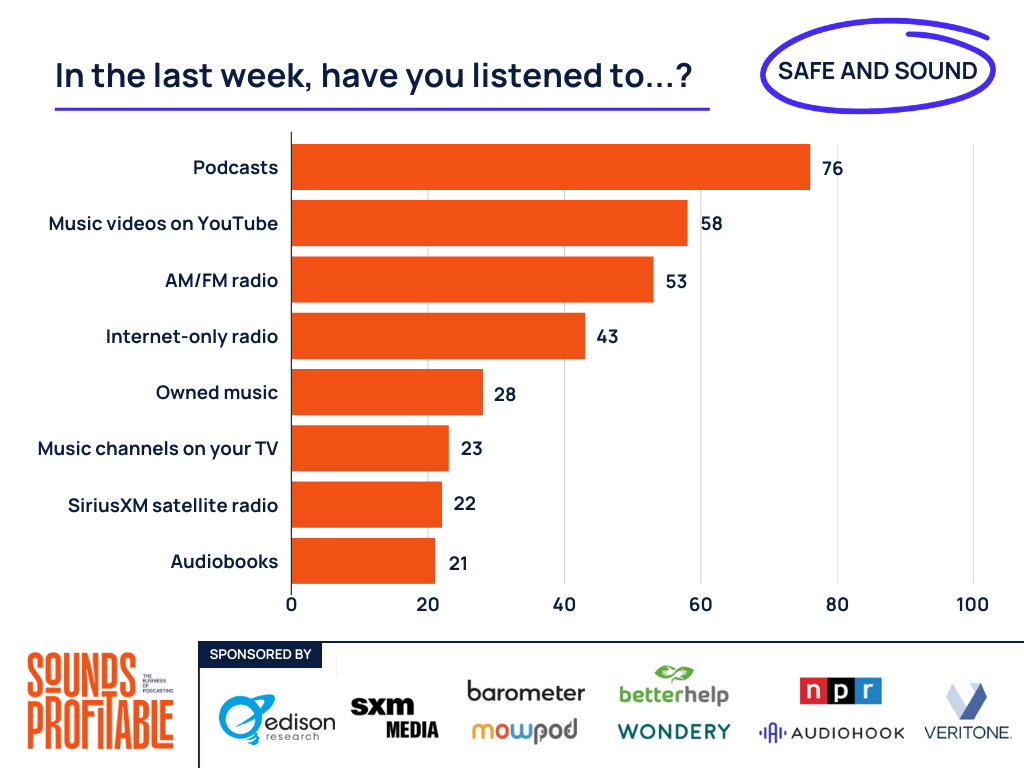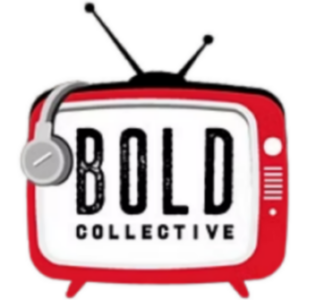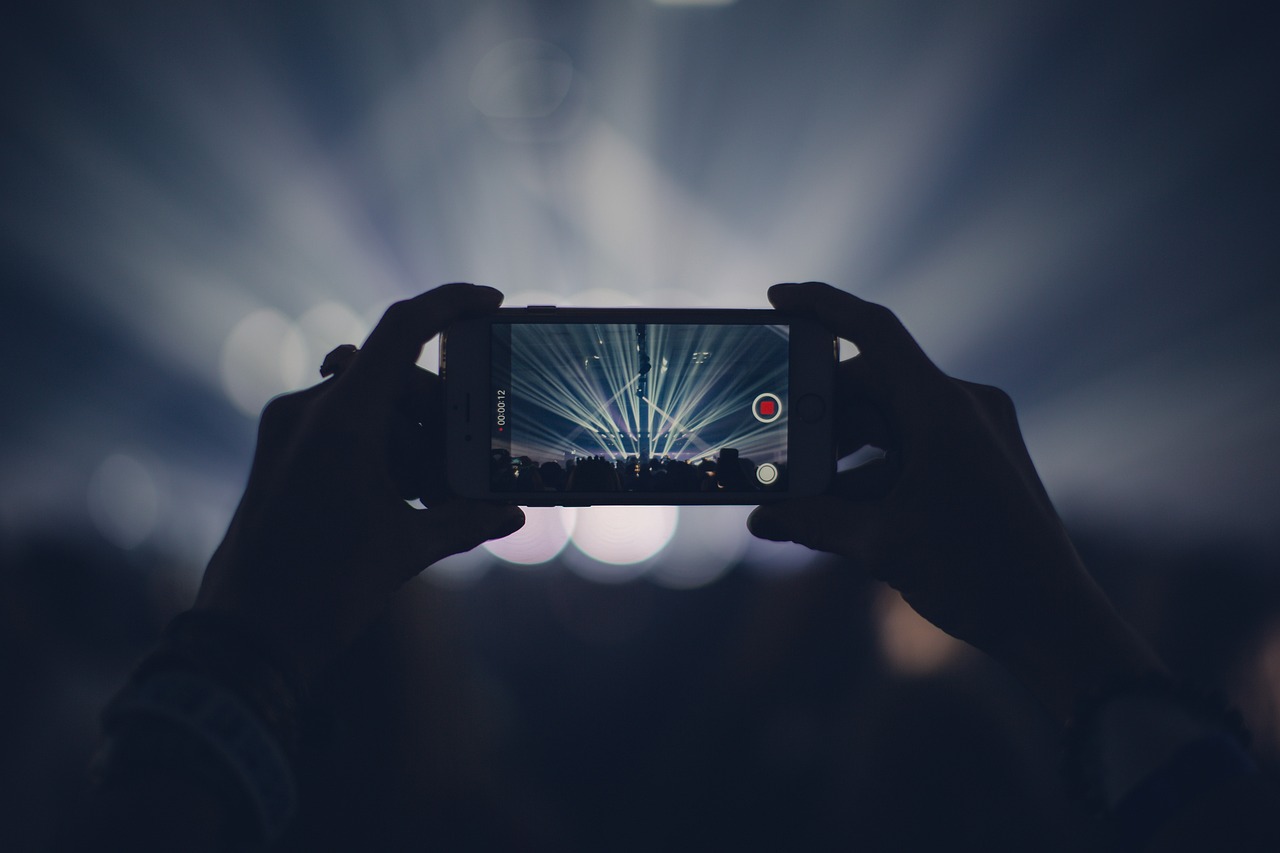Sounds Profitable heads to SXSW! Our quarterly Podcast Business Leaders Summit takes place on March 11th in Austin, TX. Join over 100 partners of Sounds Profitable and many new brands, agencies, and holding companies, as we share our latest research and answer tough questions in a private setting. We’d love to have you there. Hit reply to find out more.
SPOILER ALERT: In The Sixth Sense, Bruce Willis is dead for almost the whole movie.
Yeah, yeah, OK. Be mad at me. I think the spoiler statute of limitations has passed on this one after nearly 25 years. If you were to watch it today, knowing this information, it would be patently obvious. It’s staring you in the face from the very start. I mean, no one survives a gut shot like the one Bruce takes in the opening scene. (Editors note: please don’t even try.)
Even seemingly insignificant details are important, especially in the context of a larger story. The same is true with data – sometimes data is so basic that we just gloss over it, and it doesn’t even register as important. But every piece of data matters in some context – you just need to tell its story. So, I wanted to resurface a pretty basic finding from our most recent survey, Safe and Sound, to see what we can learn from what else podcast listeners stick into their earballs.
The sample for Safe and Sound comprised 1,093 interviews with Americans 18+ who had listened to a podcast in the last month, which is the broadest screen I would look at for a viable look at the current audience for podcasting. While the questions we asked in Safe and Sound were generally related to brand safety and suitability, we always ask some “hygiene-level” questions to get a read on the sample and make sure that we are talking to the right people.
Among those questions are a few simple queries about what else podcast fans listen to over the course of an average month or week. Keeping in mind that the entire sample are monthly podcast listeners (which means 100% have listened to at least one podcast in the last month,) let’s compare that to what they tell us they listened to in the last week to see what we can tease out:

76% Of The Time, They Work All The Time
Reassuringly at the top of the list, of course, are podcasts. The first thing you will notice is that this number is not 100%. I mean, it couldn’t be, really. Even the most rabid podcast listener occasionally misses a week due to life’s intrusions. Some listeners are potentially fans of only one or two shows, and if those shows take a week off, so do they (there are more of this type of podcast listener than you might think. See: Rogan, Joe). Things like vacation can also disrupt media consumption – though if you are watching White Lotus while staying at a White Lotus, you might be doing it wrong, but who am I to judge.
Here’s the thing – the gap between 100% (monthly listening) and 76% (weekly listening) can’t entirely be explained by “vacation.” Twenty-four percent of American podcast listeners weren’t on vacation last week. This is not how we put humans on the moon, or subwoofers in movie theater seats. No, for some portion of that gap (millions of humans), podcasting isn’t yet a habit, and we can’t assume it will ever be so. This is the first opportunity podcasting has to gain a deeper foothold into the psyche of our fellow travelers – we need to promote the medium as much as we promote our show. If we can’t even get our own tribe to come back, week after week, then how will we successfully reach the great unpodcasted masses of America and beyond?
I really am tired of the cliche “low-hanging fruit.” The only low-hanging fruit I really value are the low-bush blueberries of Downeast Maine, the lands of my people. But the 24% of monthly podcast listeners who didn’t listen to a podcast last week are the next best thing to blueberries. Again, I suspect many of those listeners are really just fans of a show or two, and we can’t count on Megan Markle to promote other podcasts (would be nice, though…). One of the things that we are making a central part of our mission this year at Sounds Profitable is to find ways to tell the story of our medium outside of our medium, to the advertising and entertainment industries at large. We talk to ourselves a lot. We need to visit the neighbors.
The New TV
Number two on our list is music videos on YouTube. I’ve spoken and written at length about YouTube and I am not going to retread too much of that ground here. You belong on YouTube. It is the greatest content search and discovery engine on the planet. That does not necessarily mean that your podcast, in its present form, belongs on YouTube. But if you want to reach 18-34s in this country, YouTube is the TV set. You want to at least have a presence there, even if only in a promotional capacity.
I do want to point out the specificity of this answer choice, though: it’s not just YouTube, it’s music videos on YouTube. The ‘Tube is in fact one of the most widely listened-to on-demand music services on the planet. There are still executives in the media industry who have not gotten their heads around the fact that people actually listen to YouTube without watching YouTube. Those executives will soon be replaced by ChatGPT. But the point I really want to make here is that, after podcasts, music on YouTube is the second most-popular destination for our listeners. And as I have also said, Music as a podcasting category (and not just podcasts playing music, which can be legally as fatal as a Bruce Willis gutshot) is the great blue ocean for podcasts.
This is why YouTube megastar Rick Beato is so successful. He is making videos breaking down the songs you are already on YouTube to listen to. His shows get recommended to you, right there on the right column, every time you visit the site to listen to classic songs. Rick is amazingly talented, and he has also discovered that his talent, combined with the ability to draft off of the search results for some of the most popular rock songs in the world, is a magical combination. He wouldn’t be this successful were he not that good (and his stuff is SO DAMN GOOD) but he has also taken advantage of the real strength of YouTube – discovery – in a powerful and organically sustainable way.
Back in the blogozoic era of this planet, blogging consultants used to tell you to research Google search trends and keywords to discover niche topics to blog about that people were already searching for. In the words of SNL’s Heidi Gardner, this, is that.
The Oft-Misreported Death Of The Radio Star
At number three on this week’s countdown is the great undiscovered country for podcasts that aren’t owned by broadcast radio groups, AM/FM Radio. Here is where knowing your audience and their other interests can be truly valuable. Have you seen how cheap it is to advertise on AM/FM radio lately? While I don’t think podcasting can be beat in terms of engagement, brand lift, brand fit, and other get-you-to-buy measures, broadcast radio is pretty tough to top in terms of economical reach and frequency. After all, iHeart basically built their app entirely on the backs of broadcast radio promotion, and they have been able to do the same to drive trials of selected podcasts, like the Ron Burgundy show.
This is also available to you. If your podcast is about finance, have you looked into advertising on any local or national radio programs about money? Or parenting? Or health? You might be surprised at how attainable building reach is for you. It’s at least worth running a trial and comparing it to the relative performance of podcast player ads, or Facebook. You are at least reaching people who listen to things. Heck, I am a bigger believer in billboards and other out-of-home advertising than I am some online ads. Find out who your people are, then find out where you can reach more people like them, and reach them where they are. For 53% of monthly podcast listeners, “where they are” is also AM/FM radio, and you’d better believe that, regardless of your own personal media consumption habits.
I won’t spend time on the next three entries here – certainly advertising on Pandora or ad-supported Spotify is another available angle here for entry number four, while owned music (which continues to shrink) and TV music channels are less available to you. But I’ll close here on the last two items on this list, SiriusXM and Audiobooks.
Breaking The Model
I know how people read graphs like this. They look at the things on the bottom, and they say to themselves, “look how small those are in comparison.” Well, selves, you’d be wrong to look at SiriusXM that way. Here’s how to look at that 22% in context: more than one in five podcast listeners pay a subscription fee every month to hear music and talk content, even though YouTube music and many streaming channels and AM/FM and podcasts are free. I’ve paid that fee every month since XM Radio launched their first creaky bird into the sky and turned on the transmitters back in 2001. Doing the math, I think I’ve paid XM and then SiriusXM somewhere around (checks notes) one meeelion dollars.
This isn’t an ad for SiriusXM. The point I want to make here is that people are conditioned today to spend money on the content they love. If you are making content people love (and not just background listening), there is ample evidence to support the fact that people will pay, and pay regularly for it. There are many things that Americans are not spending as much money on as they used to: fine dining, going to the movies, R. Kelly albums. That excess entertainment dollar is now going towards personal and in-home content, and that SiriusXM number, I would submit, is Exhibit A that podcast listeners don’t just listen to things because they are free.
Finally, nearly tied with SiriusXM, we have audiobooks, which is another industry I’ve been privileged to serve for many years. This is a number that I would submit is also high–and could be higher. Again, remember that these data are for weekly consumption, and with a noticeable chunk of the current audience for audiobooks commuting far less than they used to (which curtails in-car listening), there are still a lot of podcast listeners also making time for audiobooks. There are a lot of synergies between the two channels. S-Town was basically an audiobook brought to you by meal delivery services, and Malcolm Gladwell has also blurred the lines between the two. Podcasts could be seen as the “gateway drug” to buying audiobooks, but actually, I think they are symbiotic.
I see potential to package them together in single, focused apps. I see different revenue models for audiobooks, accelerated by Spotify’s acquisitions over the past couple of years but also by changing consumer habits. I see rich potential for audio drama to cross the streams. And, as I wrote last year, I see continued development on a “third thing,” particularly in non-fiction, that bridges the gap between the two.
Most of all, like the previous point on SiriusXM, people pay for audiobooks. There will continue to be multiple revenue streams for podcasting, from direct response/performance marketing, to brand advertising, to direct listener support, and beyond. Some people will never pay for audio content. That’s fine! We can sell them mattresses instead. But some people will pay, and pay a lot, for exactly the thing that makes them happy. If you make the thing that makes them happy, don’t be afraid to charge for it. In fact, don’t be afraid to break the model. There is no model.
Your Patience Is Noted
I appreciate your sticking with me as I walk through a seemingly “basic” graph to highlight the deeper stories within. My ex-wife, a microbiologist who works at a university on infectious disease, used to always tell me that there was no such thing as “basic science,” there was only science that had yet to be applied. This is true of nearly every data point in podcasting, and in this space over the coming months I am going to be applying myself to that very issue. Thank you for reading, and if you know someone who might find these insights valuable, why not forward this along? I will try not to spoil any more movies.
We thank the sponsors of Safe and Sound: Audiohook, Barometer, Betterhelp, Mowpod, NPR, SXM, Veritone One, and Wondery. Their support of this work makes these insights possible.
New Partners
Sounds Profitable exists thanks to the continued support of our amazing partners. Monthly consulting, free tickets to our quarterly events, partner-only webinars, and access to our 500+ person slack channel are all benefits of partnering Sounds Profitable.
- ABF Creative is a podcast network and production company fostering cultural and emotional impact through inspirational, narrative and family podcasts.
- Sleepiest - Getting enough sleep is hard. Sleepiest makes it easy.
Want to learn more about partnership? Hit reply or send us an email!















































































































































































































